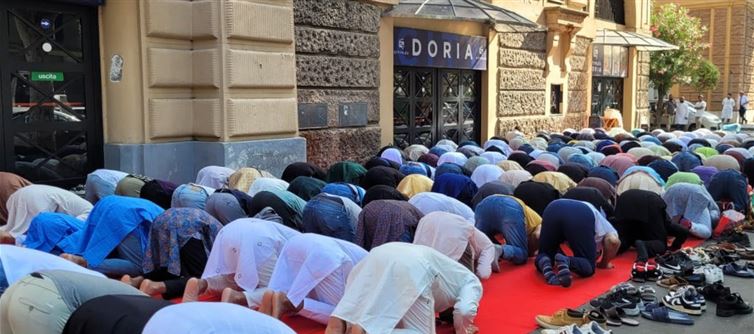
That said, performing such a highly visible religious ritual near the symbolic heart of Catholicism—St. Peter’s Basilica and the Vatican—can be perceived by some as a bold or even confrontational gesture. To many Italians and observers abroad, it may appear as an assertion of cultural presence in a space historically associated with the Christian faith. This perception can be especially charged in today’s polarized climate, where debates over immigration, national identity, and religious coexistence are already intense. While no evidence suggests these prayers were intended as a provocation, the proximity to the Vatican makes the event symbolically potent and open to politicized interpretations.
Rather than fueling division, such incidents can serve as a moment for reflection on how to navigate public expressions of faith in a pluralistic society. Religious freedom, a core value in european democracies, protects the rights of all groups to practice their beliefs openly. At the same time, sensitivity to local context and interfaith dynamics is crucial to maintaining social harmony. Ensuring mutual respect and dialogue between religious communities—especially in shared or sacred public spaces—can help prevent misunderstanding and preserve the delicate balance between tradition and modern diversity.




 click and follow Indiaherald WhatsApp channel
click and follow Indiaherald WhatsApp channel